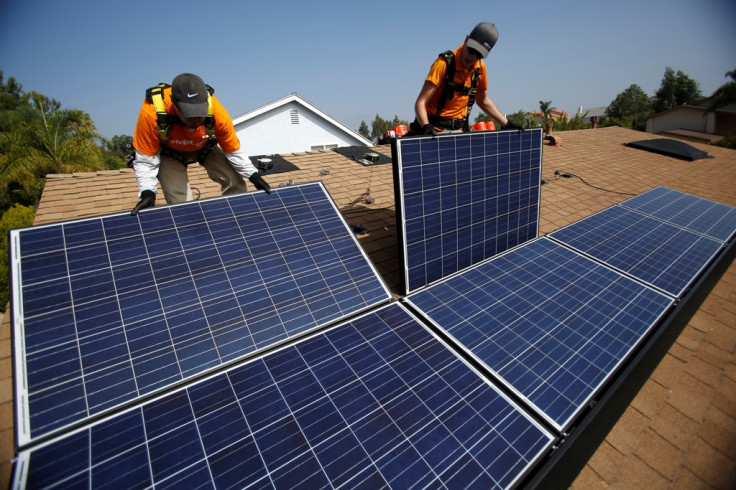India to Triple its Energy With World's Biggest Solar Plant

India is planning to build the world's largest solar plant, which will spread across 77 square kilometres and cover an area larger than the size of Manhattan.
The project will be over ten times larger than any other solar facility built so far. It will have a capacity of 4,000 megawatts, for an estimated lifetime of a quarter of a century.
The venture will be executed by six state-owned companies, who have said the project will cost around $4.4 billion and take seven years to complete. Reportedly, the plant will be built neaqr Sambhar Salt Lake in Rajasthan, in the north-west of the country.
According to officials, the solar power created is expected to supply 6.4 billion kilowatt-hours per year. Parimita Mohanty, from New Delhi's Energy and Resources Institute, has said this could reduce India's carbon dioxide emissions by over four million tonnes per year
The Jawaharlal Nehru National Solar Mission (JNNSM) is a major initiative kick-started by the Indian government and State governments, which promotes ecologically sustainable growth, while addressing India's energy security challenges.
The project embarked on a solar drive and aims to see India reach an installed capacity of 20,000 megawatts by 2022. Currently, India has a grid-connected solar-power capacity of 2,208 mw. It has increased significantly from 17.8 mw in 2010.
In collaboration with the US, India is using satellite imagery to estimate its potential for solar-energy production across the country. It has set up 51 dedicated measurement stations to assess the availability of solar radiation, which is supplying date to 45 meteorological observatories.
The production cost of solar power in India has dropped by over half in the last few years. Currently, the cost is 7.50 rupees per kilowatt-hour, from 17 rupees three years ago. Compared to coal, nuclear and natural gas, however, solar power is still a more expensive option. On average, coal currently costs 2.50 rupees per kWh, nuclear costs 3 rupees per kWh and natural gas costs 5.5 rupees per kWh.
However, the proposed solar plant has been criticised by some environmentalists, who have argued that the energy produced will fail to benefit Indians living in villages with no access to electricity.
Chandra Bhushan, deputy director-general of the Center for Science and Environment in New Delhi, told Nature: "We don't think this should be the way to go ahead. Feeding 4,000 MW into an already leaking grid where 20% of electricity gets wasted in transmission and distribution losses and [most] ends up feeding the urban centres makes little sense."
© Copyright IBTimes 2025. All rights reserved.






















